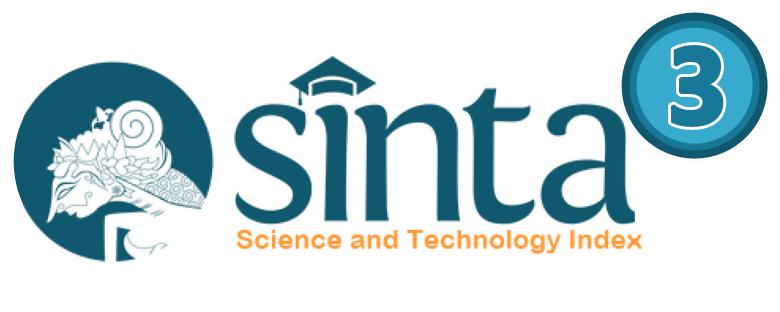Pengembangan Aplikasi Chosen Case Study (CCS) untuk Meningkatkan Divergent dan Convergent Thinking Mahasiswa
Abstract
Convergent thinking is finding the best idea or solution for each problem is solved. At the same time, divergent thinking is a process of finding and creating several unique solutions according to the problem being solved. The convergent thinking process is spontaneous and accessible, while divergent thinking is more systematic and logical. Chosen Case Study (CCS) is an application developed for learning activities to stimulate students' mindsets to think critically and solve solutions. This application will provide several features that learning can use in learning. This application can later be accessed by students quickly and practically. This application can also be used easily via gadgets anywhere and anytime. Students' thinking skills are trained to sort and select cases and ideas related to a problem and produce the best solution based on this application. This application can also be used in the courses studied by students of the Faculty of Economics, UNP, and is not limited to one course. This research is a research & development research with a development product in a Chosen Case Study (CCS) application. The development model used uses a 4D model from Thiagarajan and Semmel, consisting of four defining, planning, developing, and disseminating. From the expert validation tests, the assessment results showed an average of 80.3% in terms of media feasibility and an average value of 81.33% for the feasibility of the material contained in the Chosen Case Study (CCS) application. Chosen Case Study (CCS) application is a proper application that can be used as a learning medium to improve the convergent and divergent thinking abilities of students majoring in Economics Education.
Keywords: convergent thinking, divergent thinking, chosen case study
Full Text:
PDFReferences
Annisya, dkk (2020) Pengembangan Aplikasi Click Issues Untuk Meningkatkan HOTS (Higher Order Thinking Skills) dalam Ilmu Ekonomi. Jurnal Pendidikan Ekonomi, 13(2), 94-107
Barak, M., & Doppelt, Y. (2000). Using portfolio to enhance creative thinking. The Journal of Technology Studies Summer-Fall 2000, Volume XXVI, Number 2. Retrieved December 27, 2004, from http://scholar.lib.vt.edu/ejournals
Chan, J., & Lau, J. (2011). An Introduction to Critical Thinking and Creativity. China.
Guilford J.P. Intelligence, creativity, and their educational implications, San Diego, (CA), Robert Knapp, 1968.
Krulik, S., & Rudnick, J.A., (1999). Innovative tasks to improve critical and creative thinking skills. In Lee V. Stiff & Frances R Curcio (Eds). from Developing Mathematical reasoning in Grades K-12 (pp.138-145). Reston, Virginia: The National Council of Teachers of Mathematics.
Lubart T.I. Creativity, In R.J. Sternberg (ed.), Thinking and problem solving. New York, Academic Press, 1994, pp. 289—332.
Michael W.B. Guilford’s view, in M.A. Runco & S.R. Pritzker (eds.), Encyclopedia of creativity (vol. 1, p. 785—797). San Diego (CA), Academic, 1999.
Silver, E. A. (1997). Fostering Creativity through Instruction Rich in Mathematical Problem Solving and Thinking in Problem Posing. ZDM Volume 29 (June 1997) Number 3. Electronic Edition ISSN 1615-679X. Retrieved August 6, 2002, from http://www.fiz.karlsruhe.de/fiz/ publications/zdm.
Stanley, C. 1995. Differences in Divergent Thinking as a Function of Handedness. The American Journal of Psychology. Urbana: Fall 1995. Vol. 108, Iss. 3, p. 311
Suminarsih (2008) PAKEM Pembelajaran Afektif Kreatif Efektif dan Menyenangkan. Semarang: LPMP Jawa Tengah.
Trianto. (2015). Mendesain Model Pembelajaran Inovatif, Progresif, dan Kontekstual. Jakarta: Prenadamedia Group
Runco M.A. & Jaeger G.J. The standard definition of creativity. Creativity Research Journal, 2012, vol. 24, pp. 92—96
DOI: http://dx.doi.org/10.24036/jmpe.v5i2.13071


